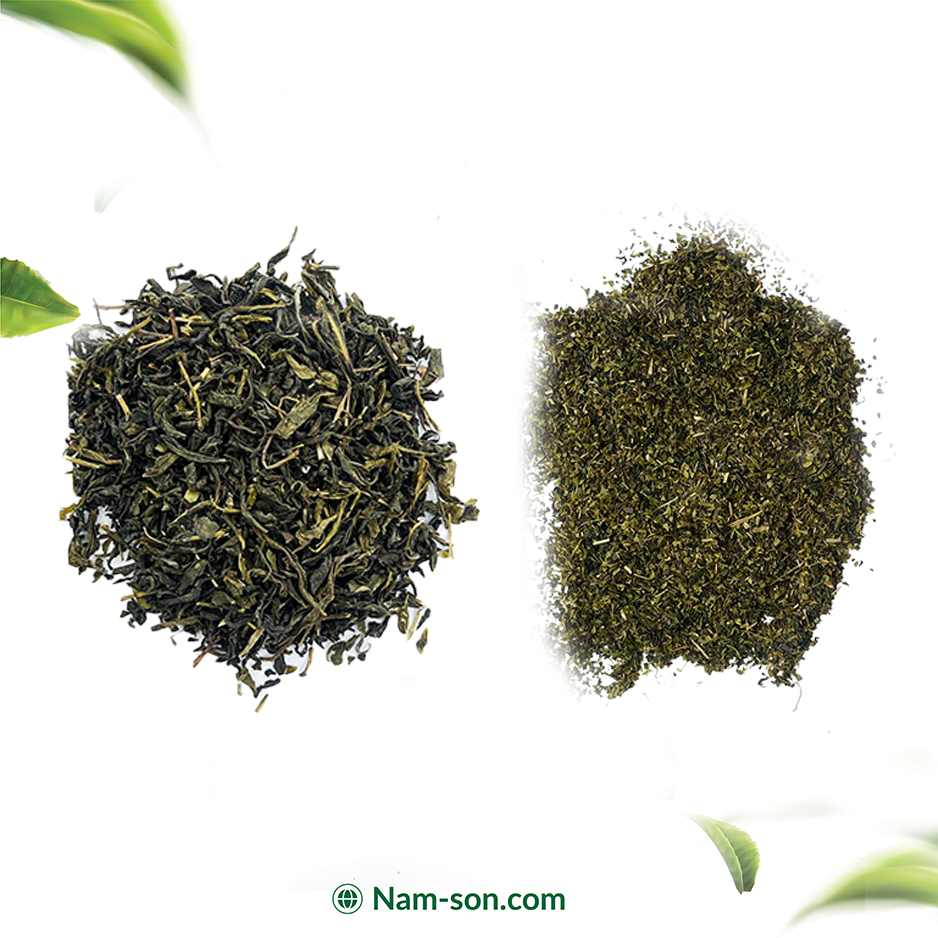When it comes to selecting the perfect cup of tea, many tea drinkers are concerned with its flavor, aroma, and health benefits. One of the most common questions that arises, particularly among those who enjoy a good, energizing cup, is whether the grade of tea impacts its caffeine levels. Understanding this relationship can help you make an informed choice when selecting your tea. In this article, we’ll explore how tea grades influence the caffeine content and what factors contribute to the caffeine levels in your tea.
What Is Tea Grade?
Tea grade refers to the classification of tea leaves based on their size, quality, and appearance. The grading system is designed to help tea buyers assess the quality and potential taste of a tea batch. There are several types of grading systems used around the world, including the well-known Orange Pekoe (OP), Broken Orange Pekoe (BOP), Tippy Golden Flowery Orange Pekoe Special (TGFOPS), and others. Generally, higher-grade teas consist of whole, tender leaves, while lower-grade teas may contain broken leaves or fannings (smaller fragments of the leaf).
How Does Tea Grade Affect Caffeine Content?

- Whole Leaves vs. Broken Leaves
The most significant factor influencing caffeine content in tea is the size of the leaf. In higher-grade teas, such as TGFOPS, whole leaves are used, which may preserve more of the tea’s natural properties, including caffeine. On the other hand, lower-grade teas like BOP and Fannings contain broken leaves or small fragments, which are more exposed to water during brewing. This can result in a faster release of caffeine, which might give a stronger immediate caffeine boost, even though the tea’s overall caffeine content is not necessarily higher. - Exposure to Air and Processing Methods
The processing method also plays a crucial role in the caffeine content of tea. Black tea, which undergoes oxidation, has a different caffeine profile than green tea or white tea, which are processed differently. The exposure of broken leaves to air during processing may cause them to release more caffeine in a quicker brew compared to whole leaves, but the total amount of caffeine in the leaf itself remains relatively similar. - Infusion Time and Temperature
The infusion time and temperature also impact the extraction of caffeine from the tea leaves. Higher-grade teas, due to their larger, whole leaves, may require longer infusion times to extract the same amount of caffeine. In contrast, smaller broken leaves (like those found in BOP or OF) release caffeine more quickly, meaning they may reach their full caffeine potential faster. This means that while whole-leaf teas might have a slower release of caffeine, the initial brew might not have as much caffeine as a brew of broken leaves. - Leaf Surface Area
Smaller pieces of tea, such as Fannings or Dust, have more surface area exposed to water, which leads to faster extraction of caffeine. These grades of tea tend to brew stronger, more bitter cups due to the faster infusion process. As a result, the caffeine concentration in the cup may seem higher, but this doesn’t always mean that the tea has more caffeine overall. The increased exposure and quicker brewing time can give a more immediate burst of caffeine but with a lesser amount of antioxidants and subtle flavors compared to whole leaves.
Tea Grade and Caffeine Content: What Does It Mean for You?
If you’re looking for a tea that provides a strong caffeine kick, you might assume that lower grades like BOP or Fannings would be your best bet due to their smaller size and faster infusion. However, it’s essential to remember that higher-grade teas such as TGFOPS or OP also contain a significant amount of caffeine, albeit released more gradually.
The caffeine content in tea depends on several factors, including the type of tea, the specific cultivar used, how it’s processed, and the grade of the leaves. While tea grade can influence the extraction rate and the way caffeine is delivered during brewing, it doesn’t necessarily mean that lower-grade teas have more caffeine overall.
Conclusion
So, does tea grade impact caffeine levels? In short, yes, but not in the way many might expect. While broken leaves may release caffeine more quickly, whole leaves (as seen in higher-grade teas) have the potential to deliver caffeine more gradually over a longer brew time. Ultimately, the caffeine content in your cup depends on your brewing method, the type of tea, and your personal preferences. By understanding how tea grade affects caffeine release, you can select the perfect tea to match your energy needs and flavor preferences.
